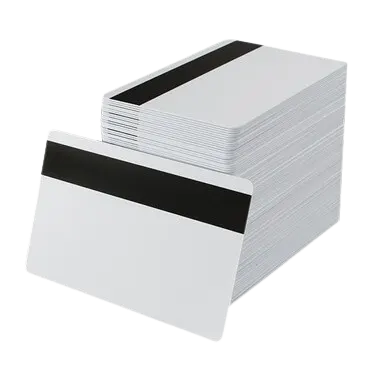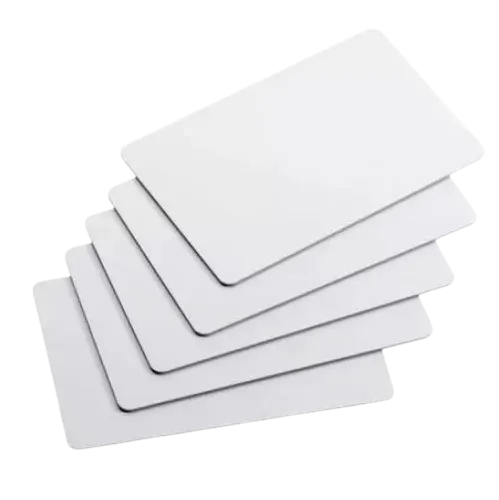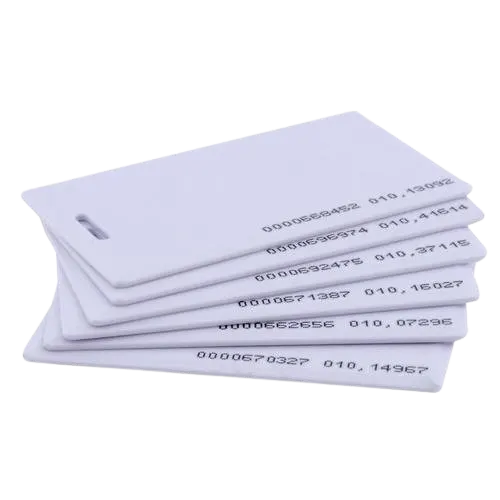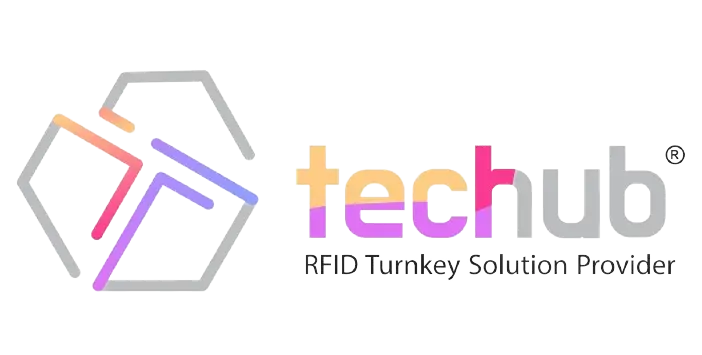RFID Cards

Blank Card
- Blank cards offer endless creative possibilities, serving as a canvas for personalized expression and communication.
- Whether you’re crafting a heartfelt message, designing a unique piece of art, or creating your own game, blank cards provide the blank slate you need to bring your ideas to life.
- From handwritten notes and custom illustrations to personalized games and puzzles, blank cards empower you to convey your sentiments in a truly one-of-a-kind way. Top of Form
- Embrace the freedom to make each card a reflection of your individuality, turning ordinary moments into extraordinary memories.
Contact Cards
- Contact cards are digital representations of individuals or businesses, consolidating essential information into a concise and easily accessible format.
- Typically featuring a person’s or company’s name, job title, contact number, email address, and other pertinent details, contact cards serve as a convenient reference point for establishing and maintaining professional connections.
- In addition to basic contact information, these cards may include social media profiles, physical addresses, and QR codes for seamless digital integration.
- The purpose of contact cards is to streamline communication, networking, and collaboration by providing a quick snapshot of key details, fostering efficient and meaningful interactions in both personal and professional contexts.


Magnetic Stripe cards
- Magnetic stripe cards, commonly known as magstripe cards, are a ubiquitous form of payment and identification technology.
- These cards typically containing three tracks encoded with important information. Track 1 holds the cardholder’s name and account number, while Track 2 includes the primary account number and expiration date. Track 3, less commonly used, may store additional data.
- Widely employed in credit and debit cards, as well as access cards, magstripe technology enables seamless transactions by allowing card readers to quickly and accurately retrieve encoded data when swiped.
Pre-Printed Cards
- Each card is meticulously crafted to convey your sentiments with a touch of sophistication.
- Whether you’re celebrating life’s joyous moments or expressing heartfelt condolences, our diverse range of pre-printed cards caters to every occasion.
- From vibrant and whimsical designs to timeless and classic motifs, our cards are a fusion of artistic flair and premium quality.
- Choose from our curated selection and let our pre-printed cards be the canvas for your meaningful connections, making every exchange a cherished experience.


Combi or Dual Frequency Cards
- Combi or dual-frequency cards, also known as hybrid cards, revolutionize access control and identification systems by seamlessly integrating two different frequency technologies into a single smart card.
- Combi cards provide a versatile solution, catering to diverse applications such as access control, time and attendance tracking, and contactless payments.
- Their compatibility with multiple systems ensures flexibility and future-proofing, making them an ideal choice for organizations seeking a unified and efficient smart card solution that can adapt to evolving technological landscapes
- These advanced cards typically combine both low-frequency (LF) and high-frequency (HF) RFID (Radio Frequency Identification) capabilities.
Proximity Cards
- These contactless smart cards utilize radio frequency identification (RFID) or near-field communication (NFC) technology to seamlessly transmit data between the card and a reader, eliminating the need for physical contact.
- Employed extensively in various sectors such as corporate offices, government facilities, and educational institutions, proximity cards enhance security by offering a convenient and efficient means of granting or restricting access to designated areas.
- The cards can be easily programmed, enabling administrators to manage permissions dynamically, and their durable design ensures longevity.
- Proximity cards have become an integral component in modern access management, providing a secure and streamlined solution for organizations prioritizing both security and convenience.


High Frequency Cards
- Widely employed for applications such as access control, public transportation, and electronic payment systems, HF cards offer faster communication speeds
- Their ability to facilitate short-range communication without physical contact enhances convenience and efficiency in various sectors.
- popular choice for smart card implementations in diverse domains, including identification, authentication, and financial transactions.
- High-frequency (HF) cards refer to a category of contactless smart cards that operate within the radio frequency range of 13.56 MHz
NFC Cards
- NFC (Near Field Communication) cards are contactless smart cards equipped with a small chip and antenna that enable short-range communication with other NFC-enabled devices.
- These cards use radio frequency identification (RFID) technology to facilitate secure data exchange and transactions when brought into close proximity (typically within a few centimeters) to a compatible reader or device.
- NFC cards are widely used for various applications, including contactless payments, public transportation access, electronic ticketing, and identification purposes.
- Their convenience and speed have made them popular in modern-day transactions, offering a seamless and secure way to transfer information between devices without the need for physical contact.


UHF Cards
- UHF (Ultra High Frequency) cards are radio-frequency identification (RFID) cards that operate in the UHF frequency range, typically between 860 and 960 MHz.
- These cards utilize passive RFID technology, meaning they do not require an internal power source and instead derive power from the RFID reader’s signal.
- UHF cards are known for their longer read ranges compared to lower frequency RFID cards, making them suitable for applications such as access control, asset tracking, and logistics.
- he extended range allows for quick and efficient identification of items or individuals, making UHF cards popular in various industries for streamlining processes and enhancing security measures.
Low Frequency Cards
- Low-frequency cards, often referred to as LF cards, are a type of proximity card commonly used in access control systems.
- Operating at frequencies typically around 125 kHz, LF cards utilize electromagnetic fields to communicate with compatible readers.
- These cards are known for their reliable performance and resistance to interference, making them suitable for various applications such as building access, time and attendance tracking, and secure identification.
- Despite their slower data transfer rates compared to higher frequency alternatives, LF cards are favored for their cost-effectiveness and the ability to function effectively in challenging environments, where other technologies might face limitations.

